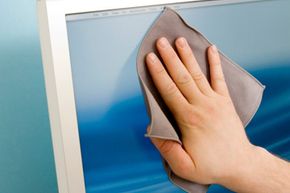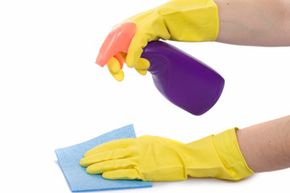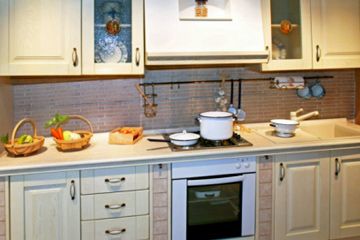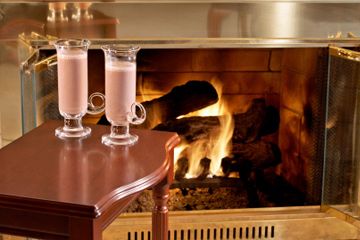It's the end of a long day,and you want nothing more than to flop down in front of your flat-screen television and watch an episode of "Modern Family" or indulge in 60 minutes of "LA Ink." Or, if the TV isn't calling, maybe you want to do some late-night online shopping -- the dress you saw yesterday on "What Not to Wear" is calling your name. But your end-of-the-day unwinding won't be nearly as enjoyable if you sit down and come face-to-face with a dusty, dirty LCD (liquid crystal display) screen.
Whether it's just dust that inevitably settles on the screen or something worse (like smudgy little fingerprints), a less-than-pristine LCD screen means less-than-ideal picture quality. "Dirt or dust particles can appear like dead or stuck pixels because they block the light shining from inside of the LCD panel," says Dave Chipman, manager of product quality at Sharp, one of the leading manufacturers of LCD screens. "A coating of dust or dirt can reduce overall brightness and create a dull-looking picture."
Advertisement
So, though you may feel ready to relax, it's worth taking a few extra minutes to clean off the screen and get it looking its best.




